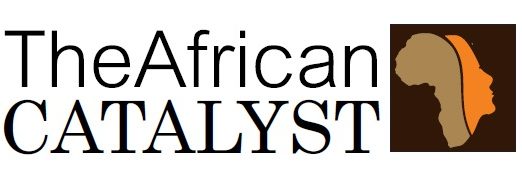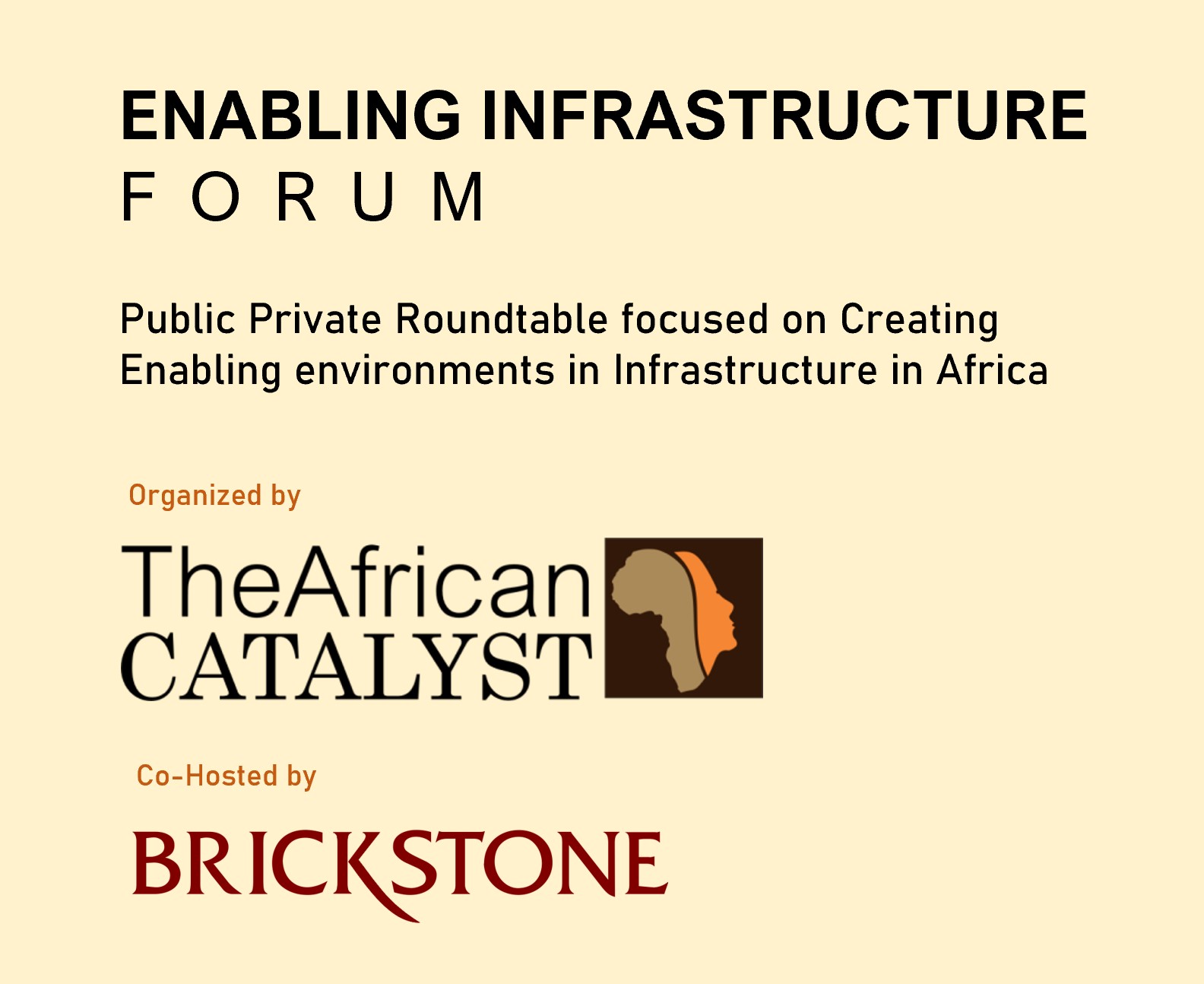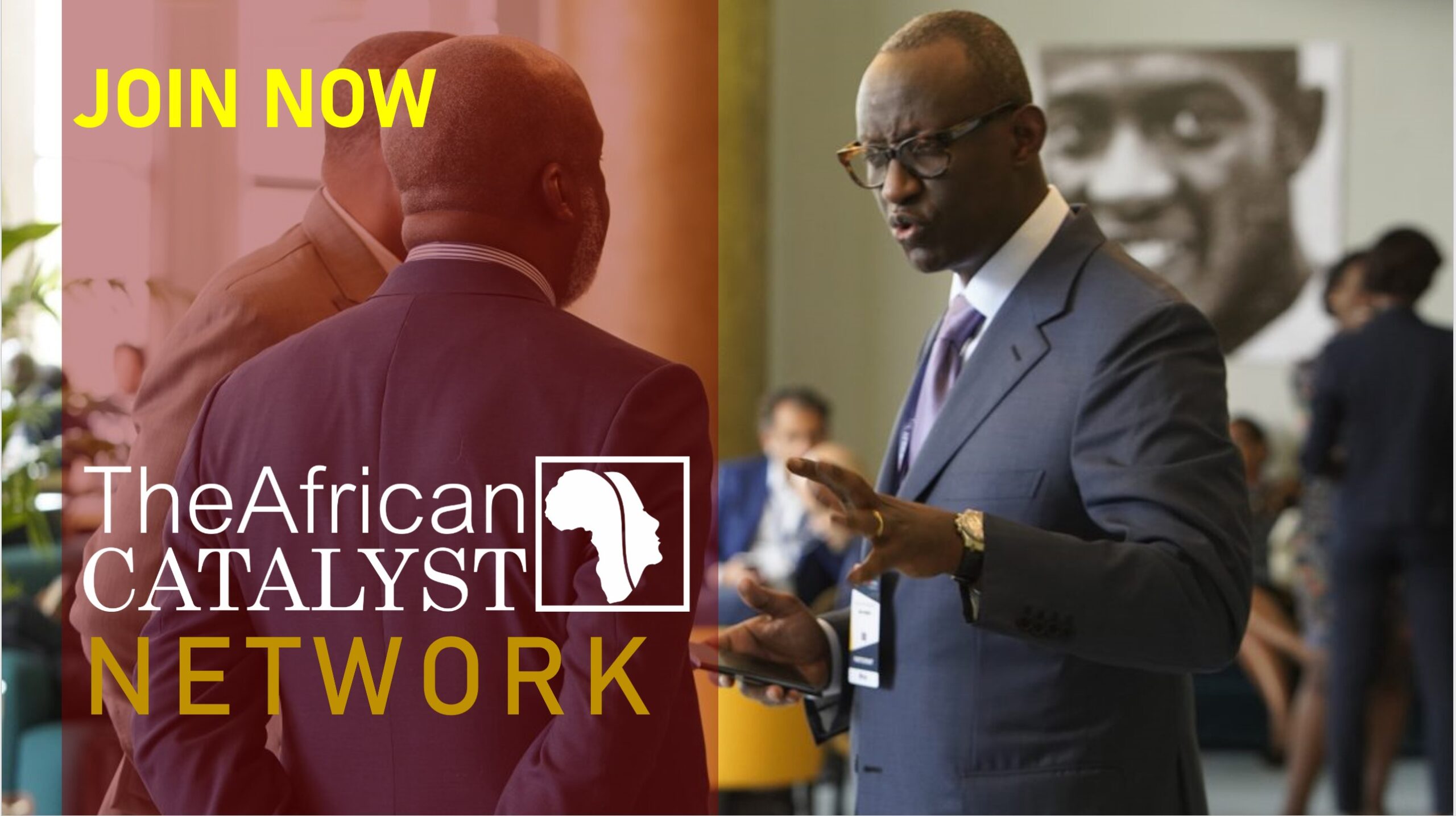According to the IMF, emerging markets and developing economies account for two-thirds of global greenhouse gas emissions, and many are highly vulnerable to climate hazards. These economies will need significant financing in coming years to reduce emissions and adapt to the physical effects of climate change.
Many also have high debt and constrained budgets because of the pandemic and face higher government borrowing costs amid rising interest rates around the world, making it especially difficult for public finance to meet pressing climate financing needs.
These factors mean mobilizing private capital on a large scale will be key to achieving their climate objectives.
This article by the African Catalyst reviews the IMF’s publication on financing climate transition in emerging and developing economies through blended finance; highlighting key facts and insights.
Blended Finance in Climate Transition
According to the publication, financial markets alone can’t do the job, but combining public and private capital offers unique advantages by reducing investment risk and attracting greater funding. Multilateral development banks and international financial institutions can provide support through creating blended financing structures to alter the risk-return profile for the climate transition in emerging economies.
Innovative instruments and equity finance are needed to enhance risk-sharing through public-private partnerships and maximize the impact of scarce public funds. It’s important to start by establishing an attractive investment climate and policies to incentivize private participation.
Climate policies and finance are complementary because better policies attract private investment, in turn helping meet policy objectives. Carbon pricing is the most effective tool to make high emitters pay for the climate costs they impose and thereby channel private investment toward projects that emit less.
The African Catalyst in partnership with Brickstone is co-hosting the Enabling Infrastructure Forum scheduled to hold in June 2023 in Lagos, Nigeria. The forum will discuss closely with the Government for policy evolution and on-the-ground implementation which attempts to influence key stakeholders in the areas of – Early Stage Development and Financing of Low Carbon Infrastructure.
The forum will assemble key leaders in Africa's infrastructure delivery to discuss infrastructure challenges and opportunities; and how innovations in project delivery and readiness, deal structuring, and sustainability solutions can help to solve critical issues for Low Carbon Infrastructure
Click the link to get more information and save the date.
More generally, climate policies and commitments like the Paris Agreement’s Nationally Determined Contributions can signal to investors to direct investment to a low-carbon economy. Establishing a strong climate information architecture for data, taxonomies, and disclosures also will help.
Blended Finance in Climate Transition: Opportunity for Impact
Unfortunately, private climate finance faces multiple constraints, from future policy uncertainty and technological costs that raise the cost of capital to other barriers such as data limitations and unattractive risk-return profiles. Despite these challenges, private climate finance can help emerging economies meet Paris Agreement goals.
Innovative financing instruments can attract investors with different risk profiles and investment horizons, as we noted in our October Global Financial Stability Report. In larger emerging markets with functioning bond markets, investment vehicles such as green bond funds can help broaden the investor base by drawing in institutional participants like insurance companies and pension funds.
Multilateral development banks and international financial institutions have a crucial role to play to attract much larger sums of private capital. They can provide technical assistance, helping develop projects, improve governments’ institutional capacity, and build the local currency bond markets to broaden the set of domestic investors.
By agreeing to be first to endure losses in green funding vehicles and securitizations, development banks can increase the expected risk-adjusted return for private investors. With appropriate governance, public backing can help avoid moral hazard associated with guarantees, which involve risk that gains are privatized while losses socialized. Advanced economies could back public equity as a way of delivering on their annual $100 billion commitment to emerging and developing economies.
In addition, equity investment can effectively leverage public money. Commitments by development banks are matched by less than a third of the amount from private sources, for emerging and developing economies, on average. That contrasts with smaller deals by the World Bank Group’s International Finance Corporation and Amundi SA, Europe's largest asset manager. The IFC-Amundi structured fund attracted 16 times as much private investment.
For less-developed economies, green infrastructure projects will remain a key instrument, and development banks will naturally play a central and enduring role. More climate financing could be channeled through development banks to support such projects by increasing their capital base and through partnerships with the private sector.
Public money, including from development banks and international financial institutions, can help launch green or climate structured funds where risk is distributed among lower tranches of such funds, which could attract much more private capital to take the senior tranches.
Read more here.



